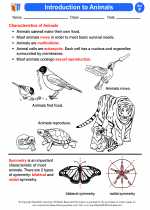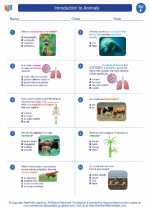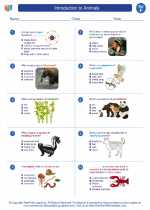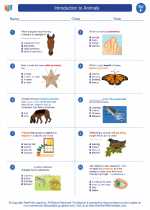Mirrors
Mirrors are objects that have a smooth, shiny surface and can reflect light. They are commonly used in everyday life for tasks such as grooming, applying makeup, and checking our appearance. Mirrors play an important role in optics and have various applications in science and technology.
Types of Mirrors
There are several types of mirrors, including:
- Plane Mirrors: These mirrors have a flat and smooth surface, and they produce virtual images of objects. They are commonly used in household mirrors and are also used in periscopes and kaleidoscopes.
- Concave Mirrors: These mirrors curve inward and can focus light to create real or virtual images. They are used in telescopes, headlights, and shaving mirrors.
- Convex Mirrors: These mirrors curve outward and produce virtual images. They are commonly used in security mirrors, side-view mirrors of vehicles, and as magnifying mirrors.
Reflection and Image Formation
When light rays strike a mirror, they are reflected according to the law of reflection, which states that the angle of incidence is equal to the angle of reflection. This reflection of light allows mirrors to form images of objects.
The type of image formed by a mirror depends on the type of mirror and the position of the object relative to the mirror. For example, plane mirrors produce virtual images that are upright and laterally inverted, while concave and convex mirrors produce different types of real and virtual images depending on the object's position.
Applications of Mirrors
Mirrors have numerous applications in various fields, including:
- Optical instruments such as microscopes, telescopes, and cameras
- Lighting and illumination systems
- Security and surveillance systems
- Medical devices and procedures
- Art and entertainment, including theatrical performances and magic tricks
Study Guide
When studying mirrors, it's important to understand the following concepts:
- The properties and characteristics of plane, concave, and convex mirrors
- The law of reflection and how it applies to the behavior of light rays when they strike a mirror
- How images are formed by different types of mirrors and the characteristics of these images
- Real-life applications of mirrors in various fields and industries
Practicing with mirror-related problems and conducting experiments with mirrors can also help reinforce understanding of these concepts.
Remember to review the study materials and seek clarification on any challenging topics to ensure a thorough understanding of mirrors and their properties.
[Mirrors] Related Worksheets and Study Guides:
.◂Science Worksheets and Study Guides Sixth Grade. Introduction to Animals

 Activity Lesson
Activity Lesson
 Worksheet/Answer key
Worksheet/Answer key
 Worksheet/Answer key
Worksheet/Answer key
 Worksheet/Answer key
Worksheet/Answer key
 Vocabulary/Answer key
Vocabulary/Answer key
 Vocabulary/Answer key
Vocabulary/Answer key
 Vocabulary/Answer key
Vocabulary/Answer key
 Vocabulary/Answer key
Vocabulary/Answer key
